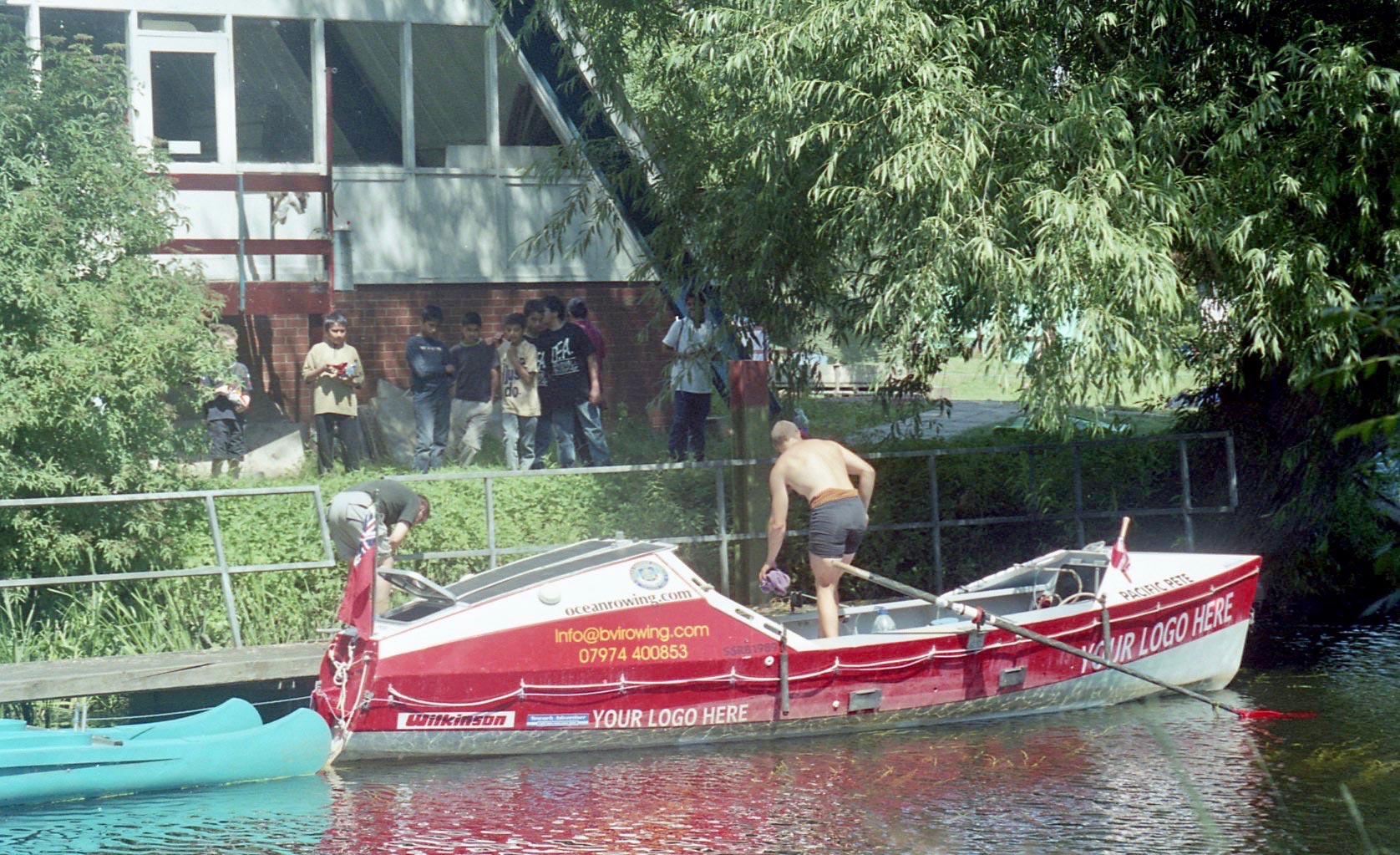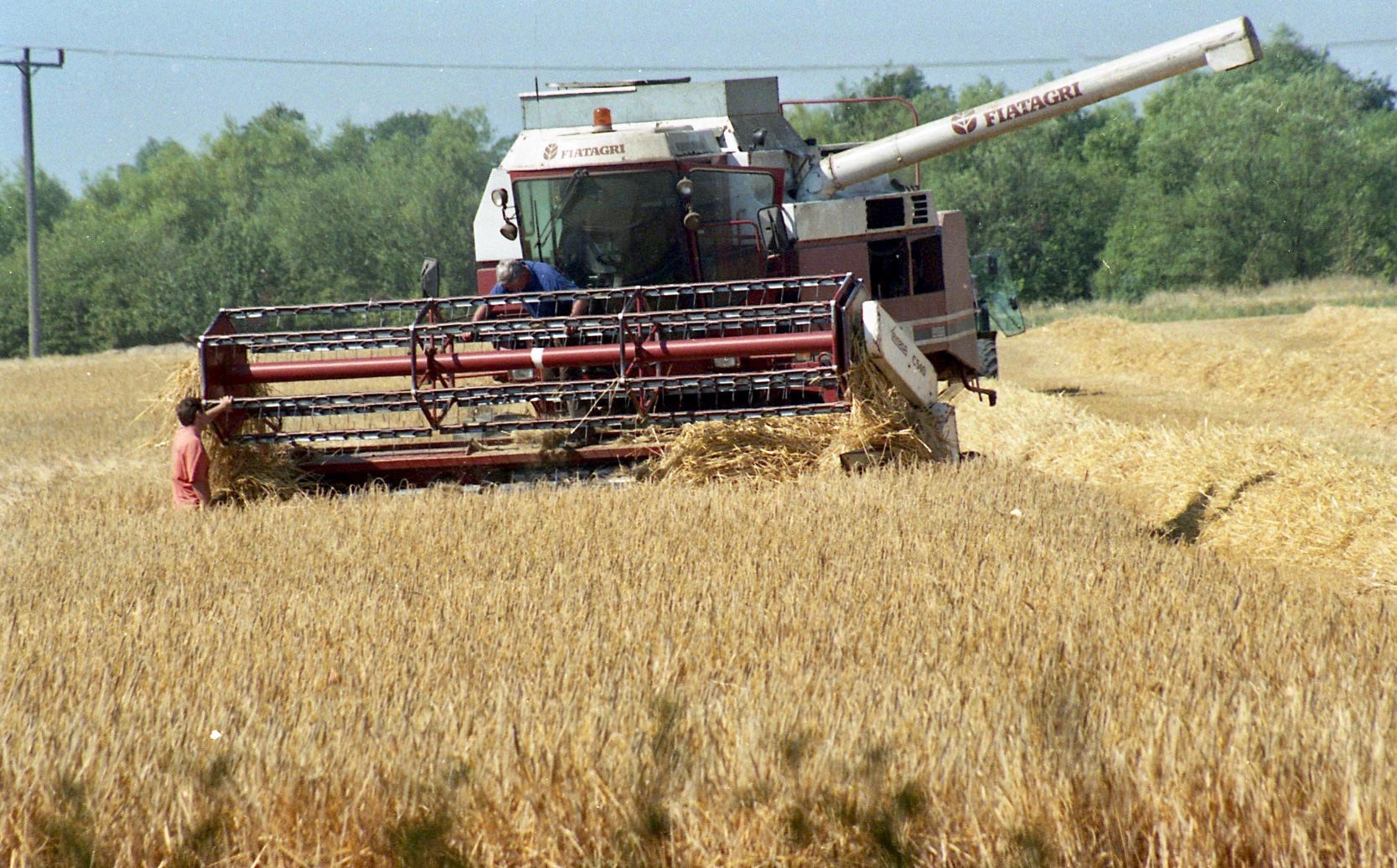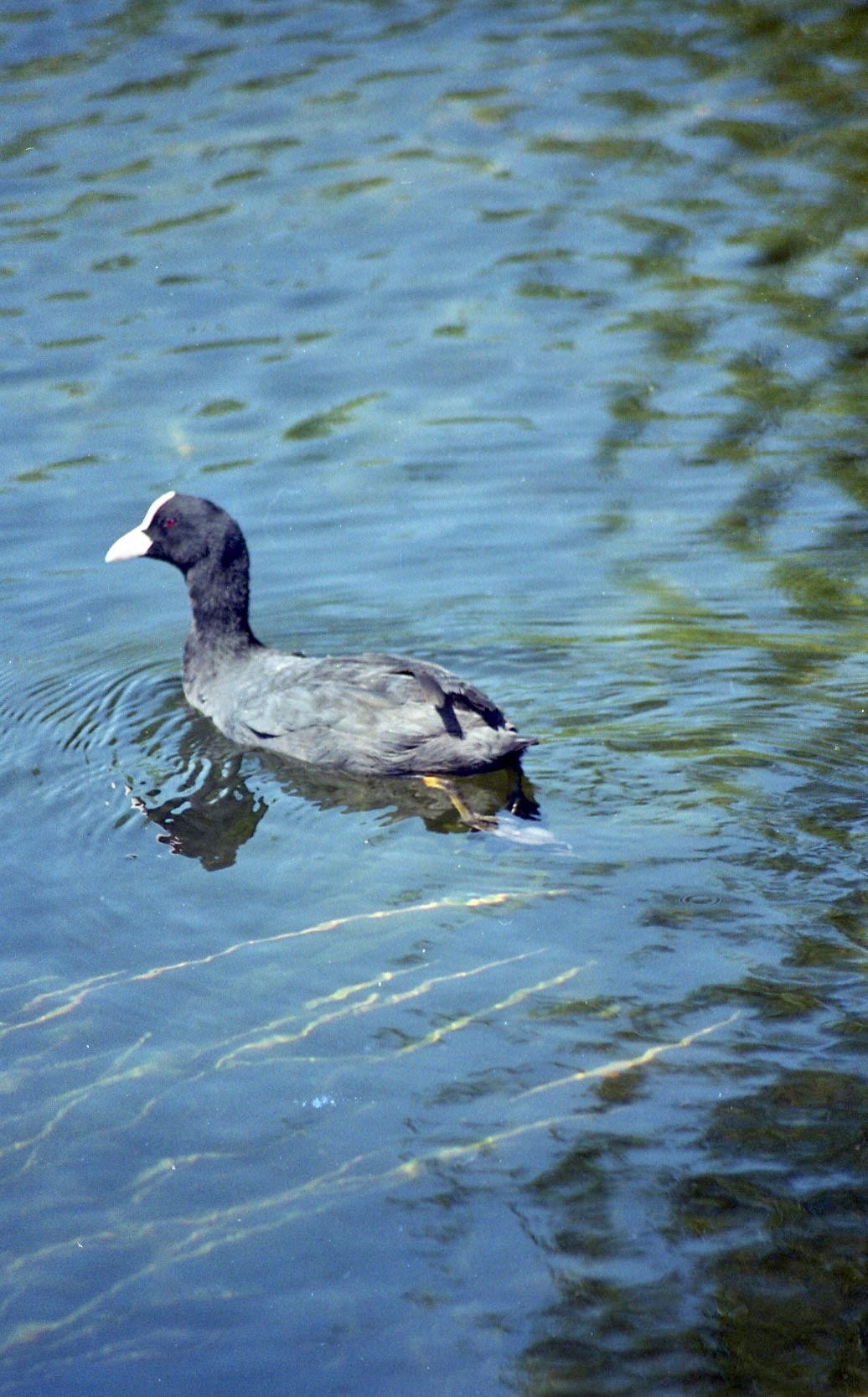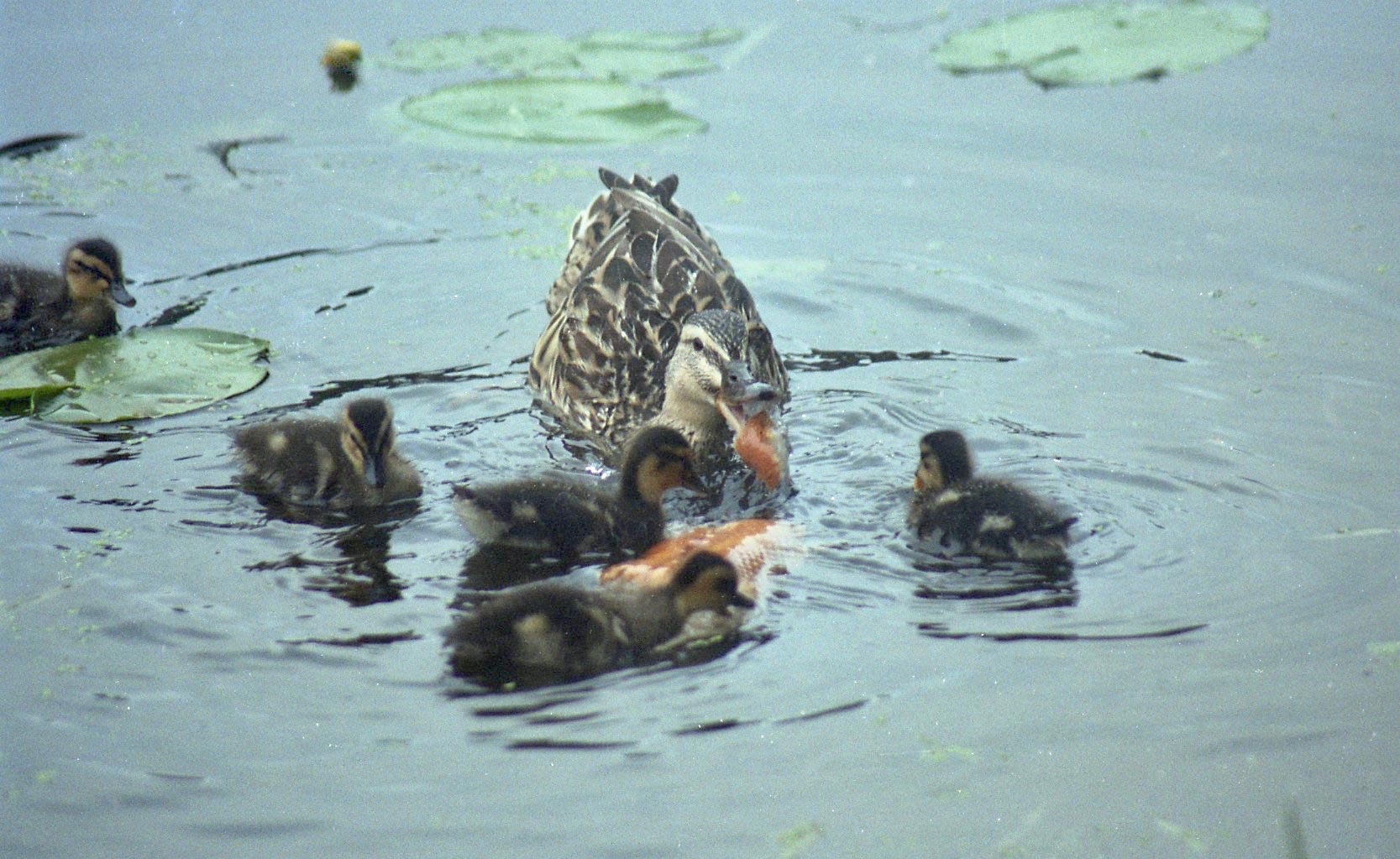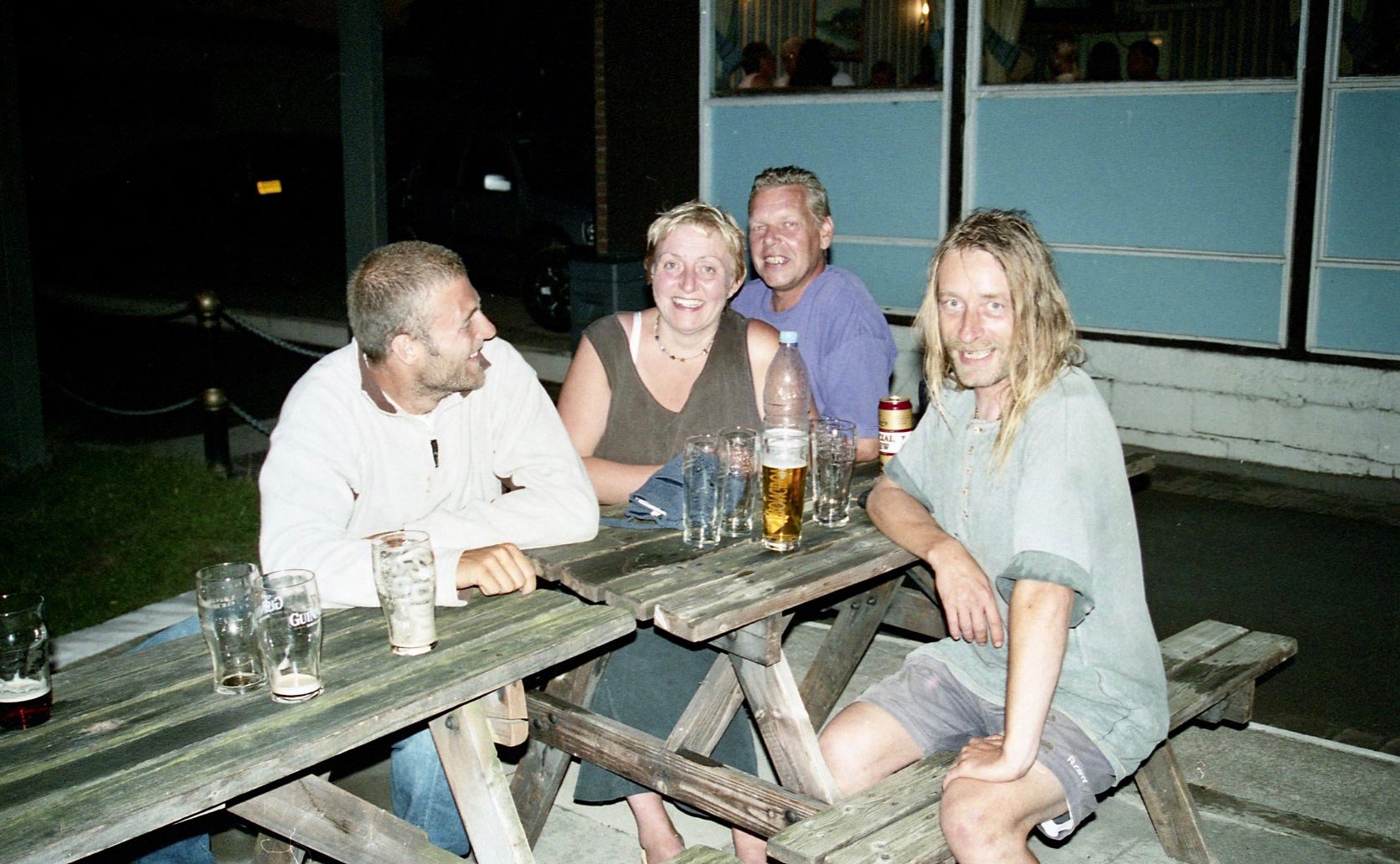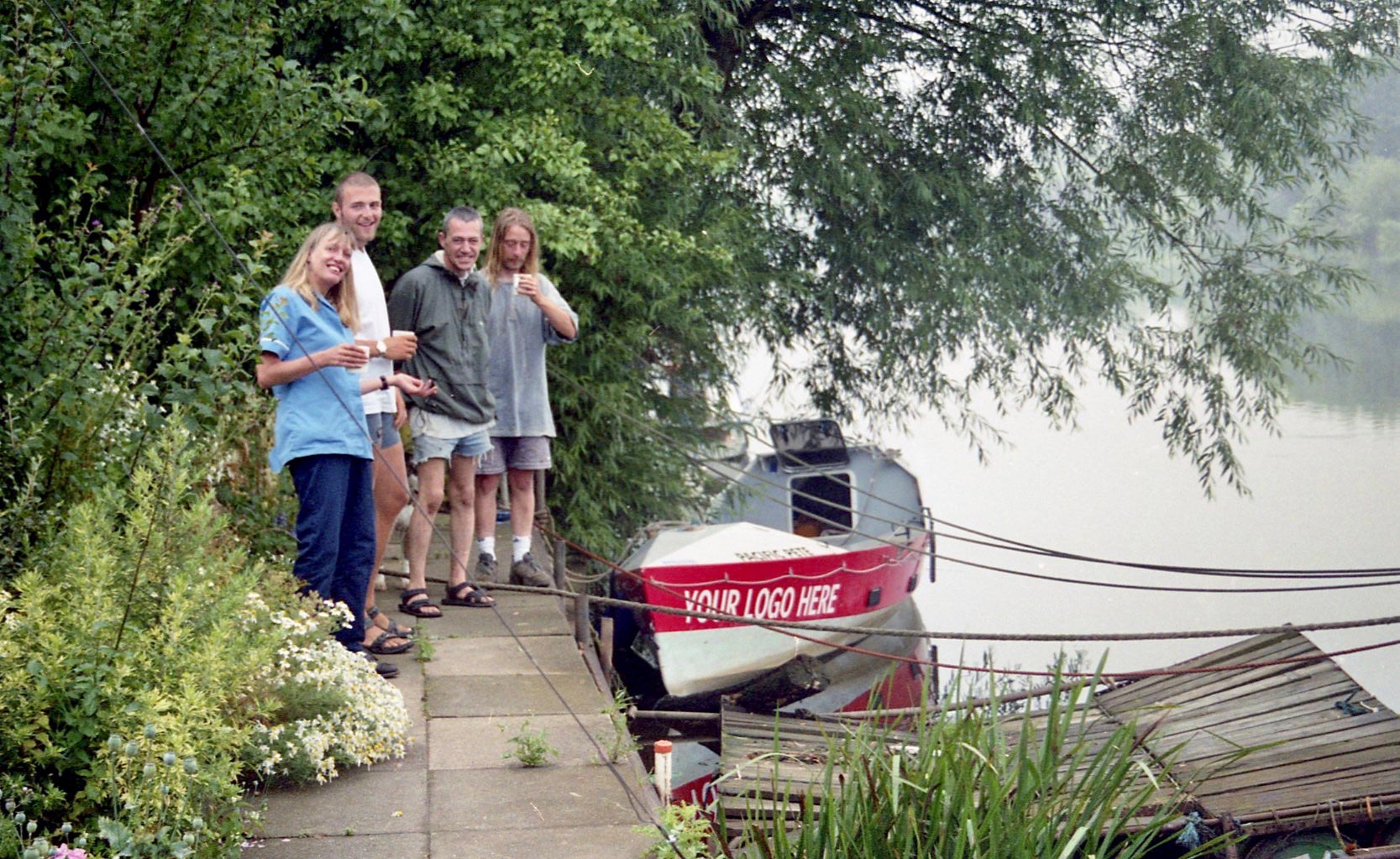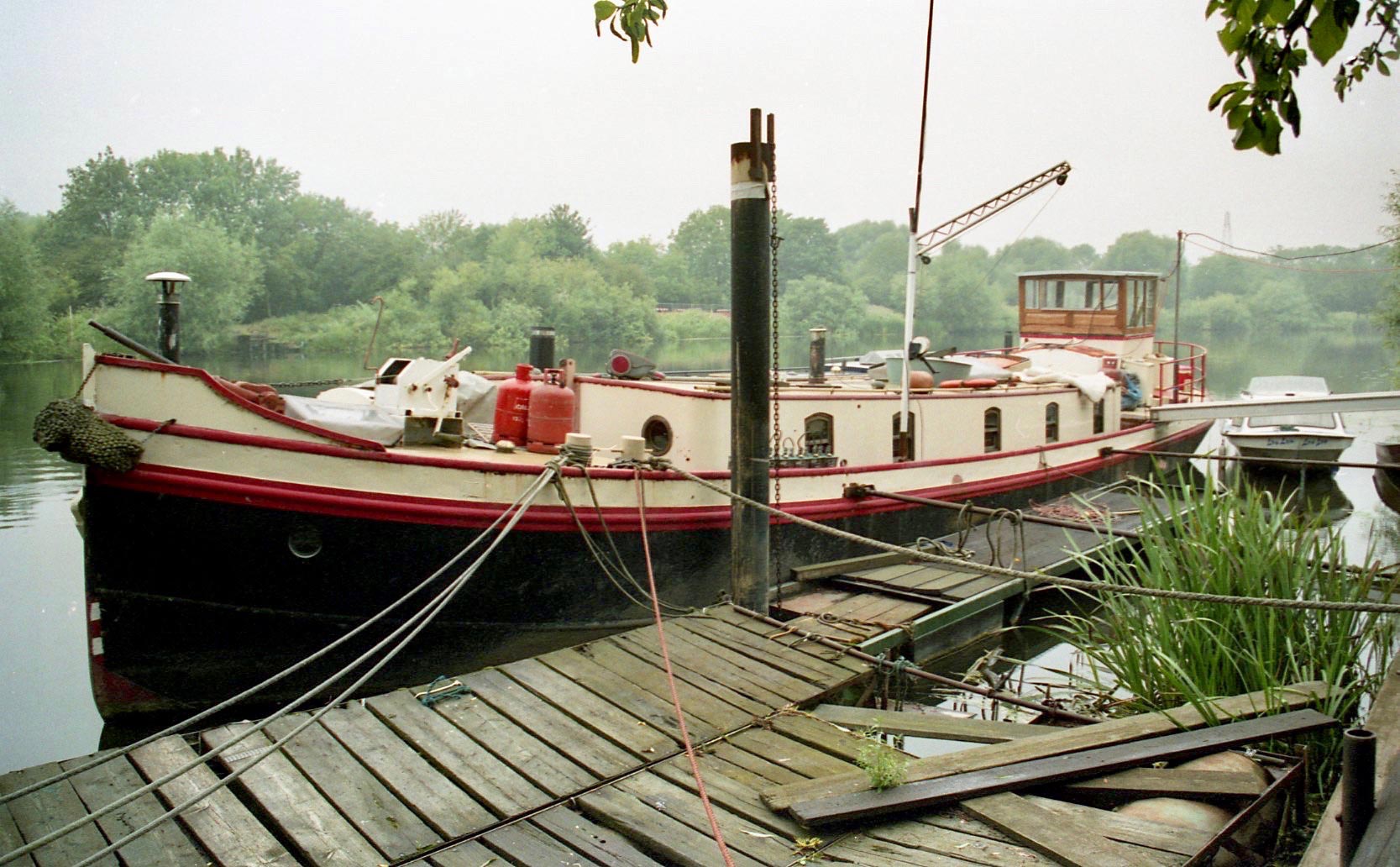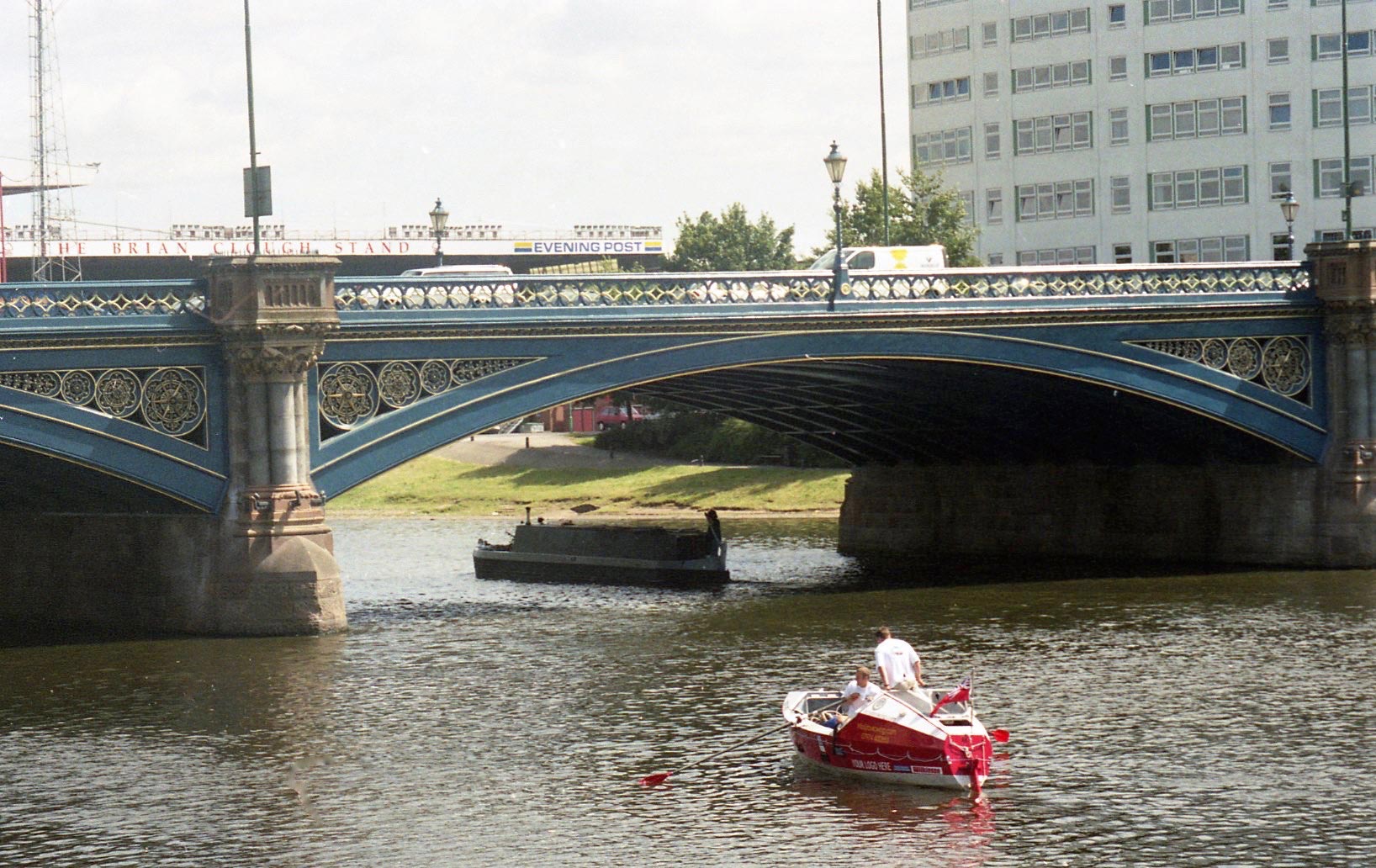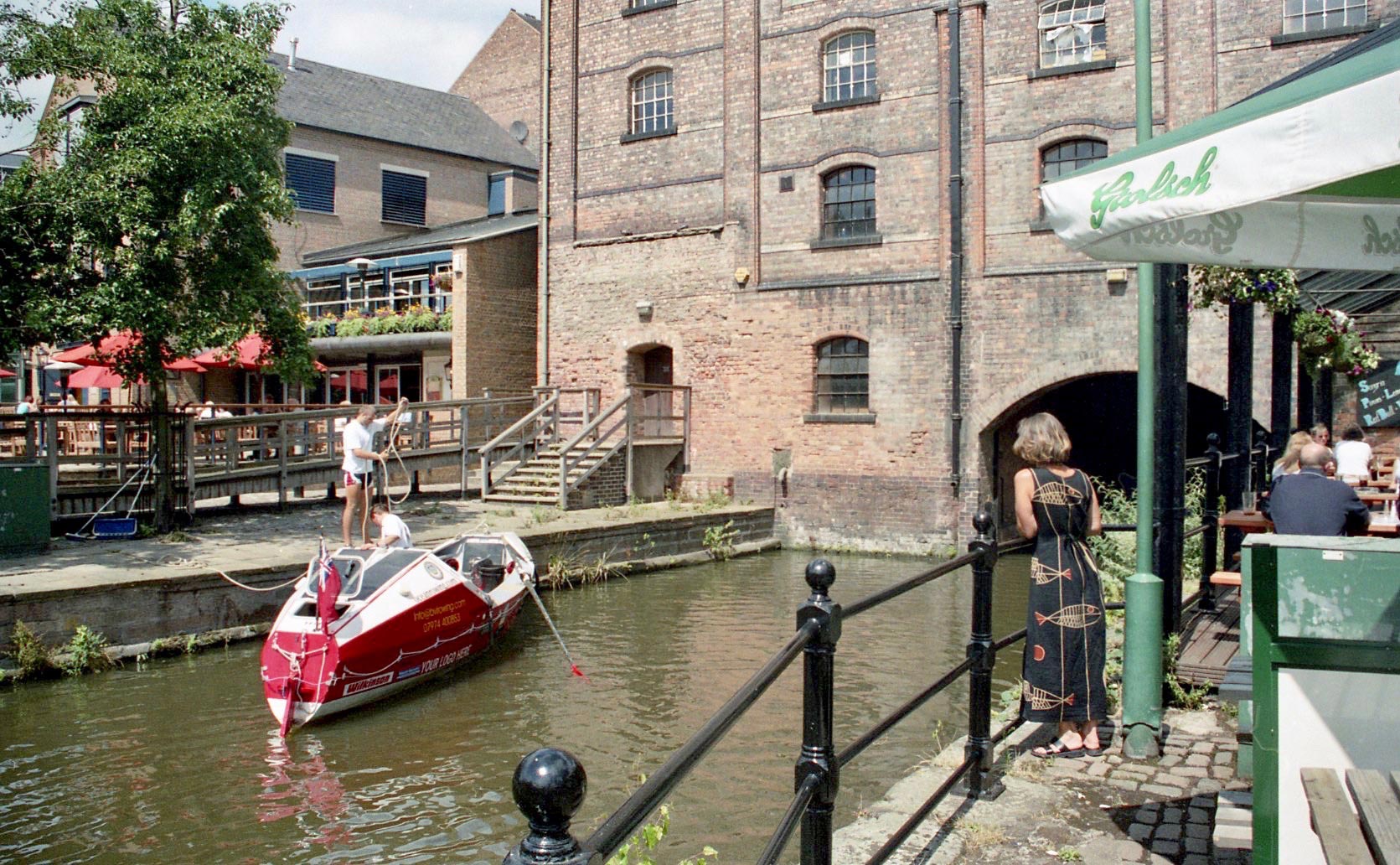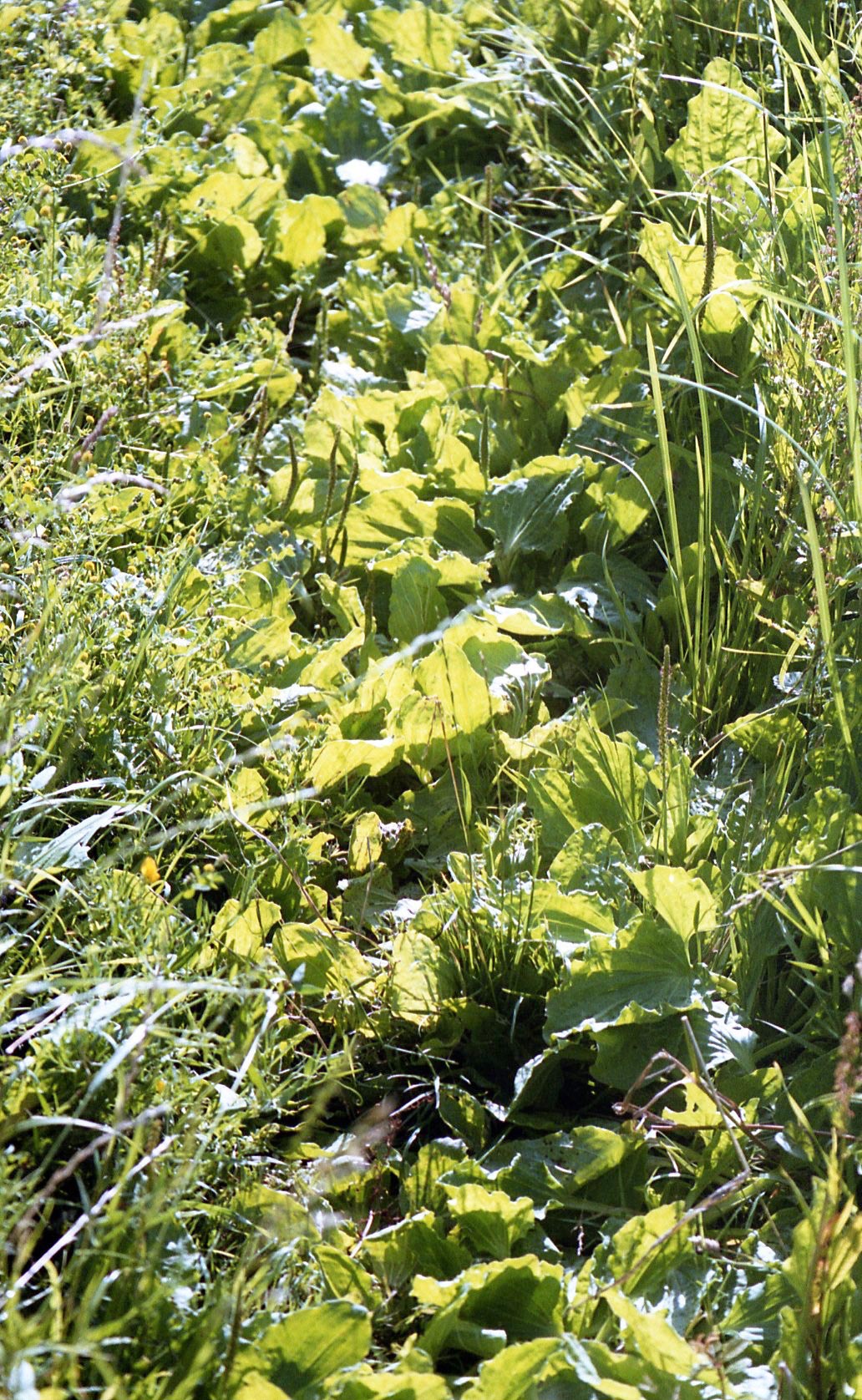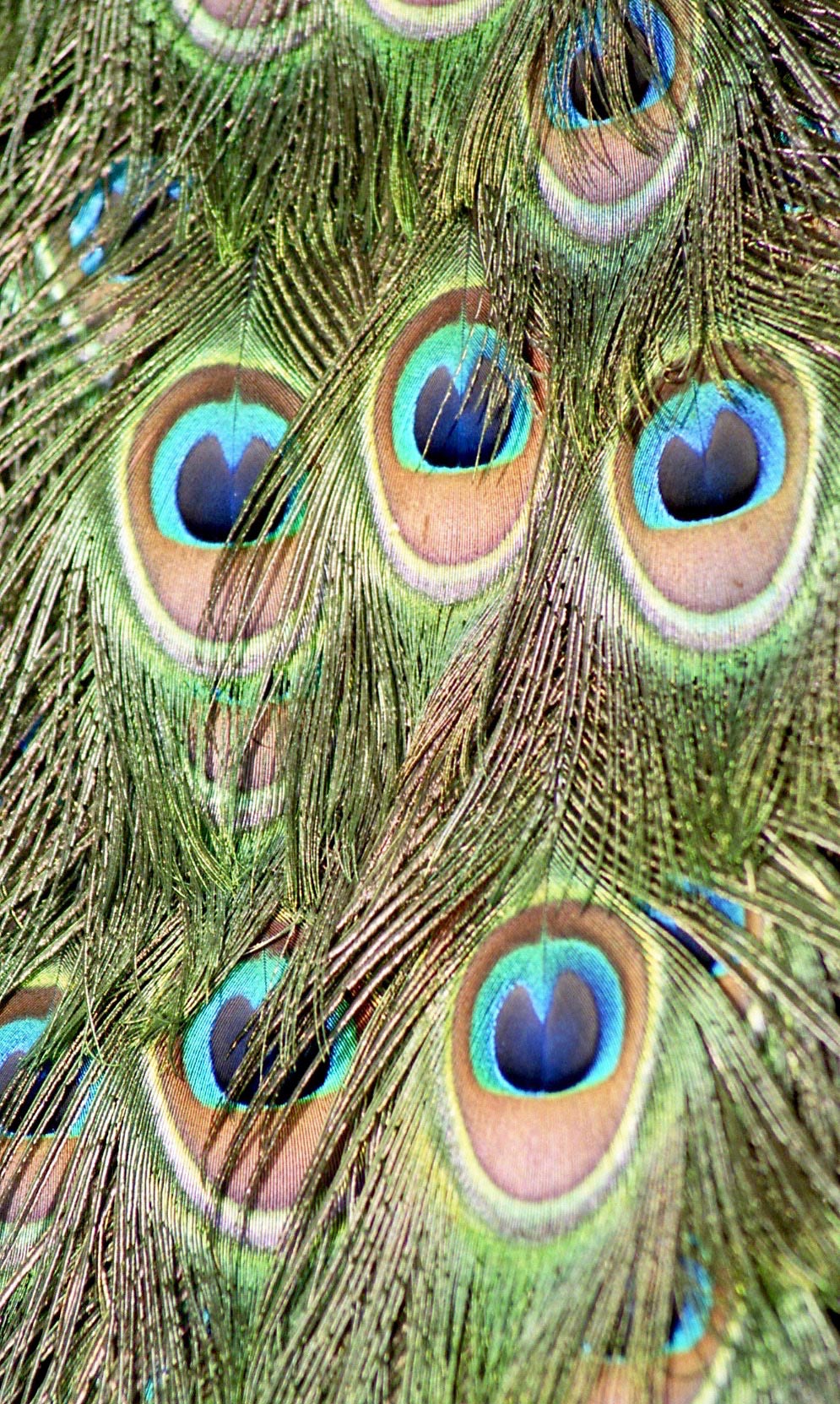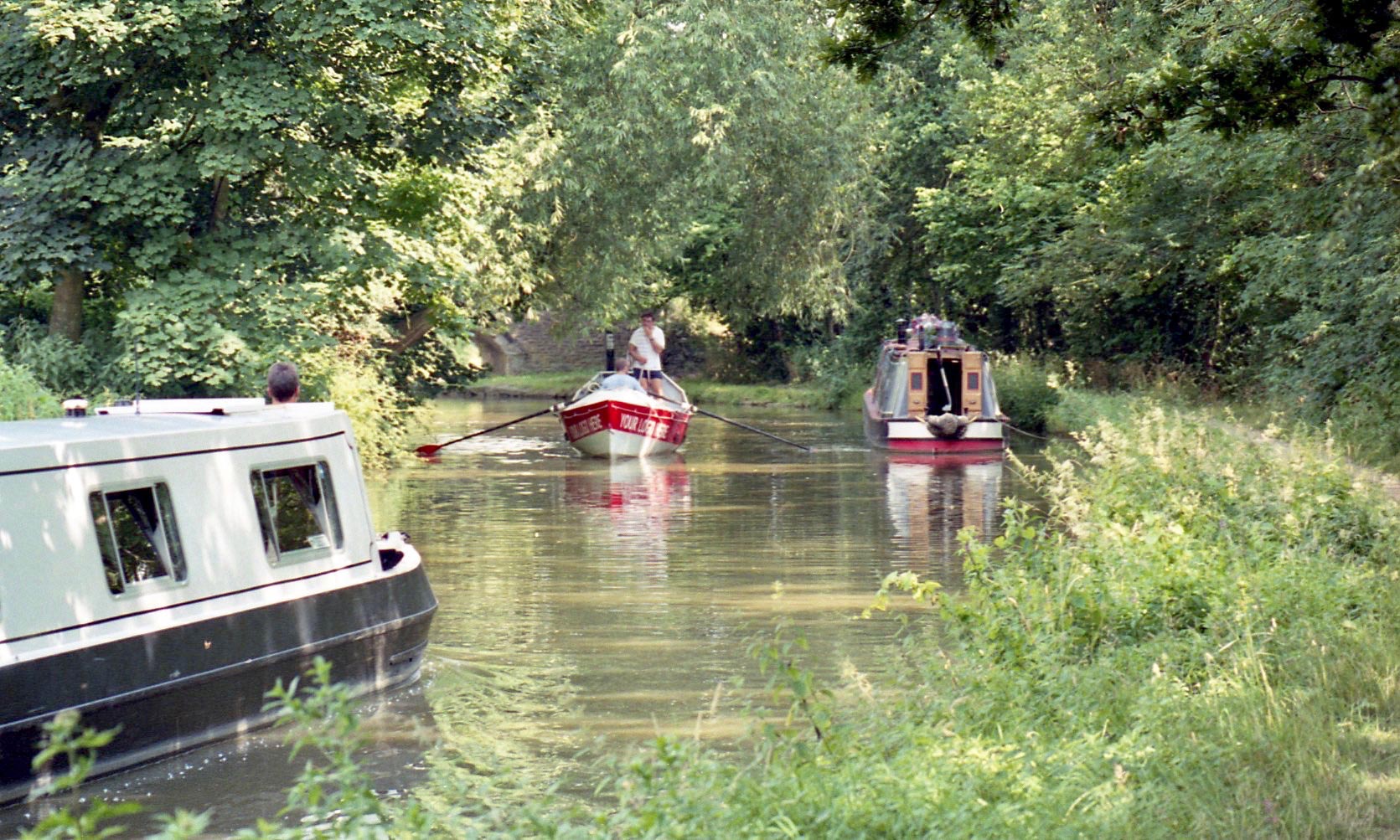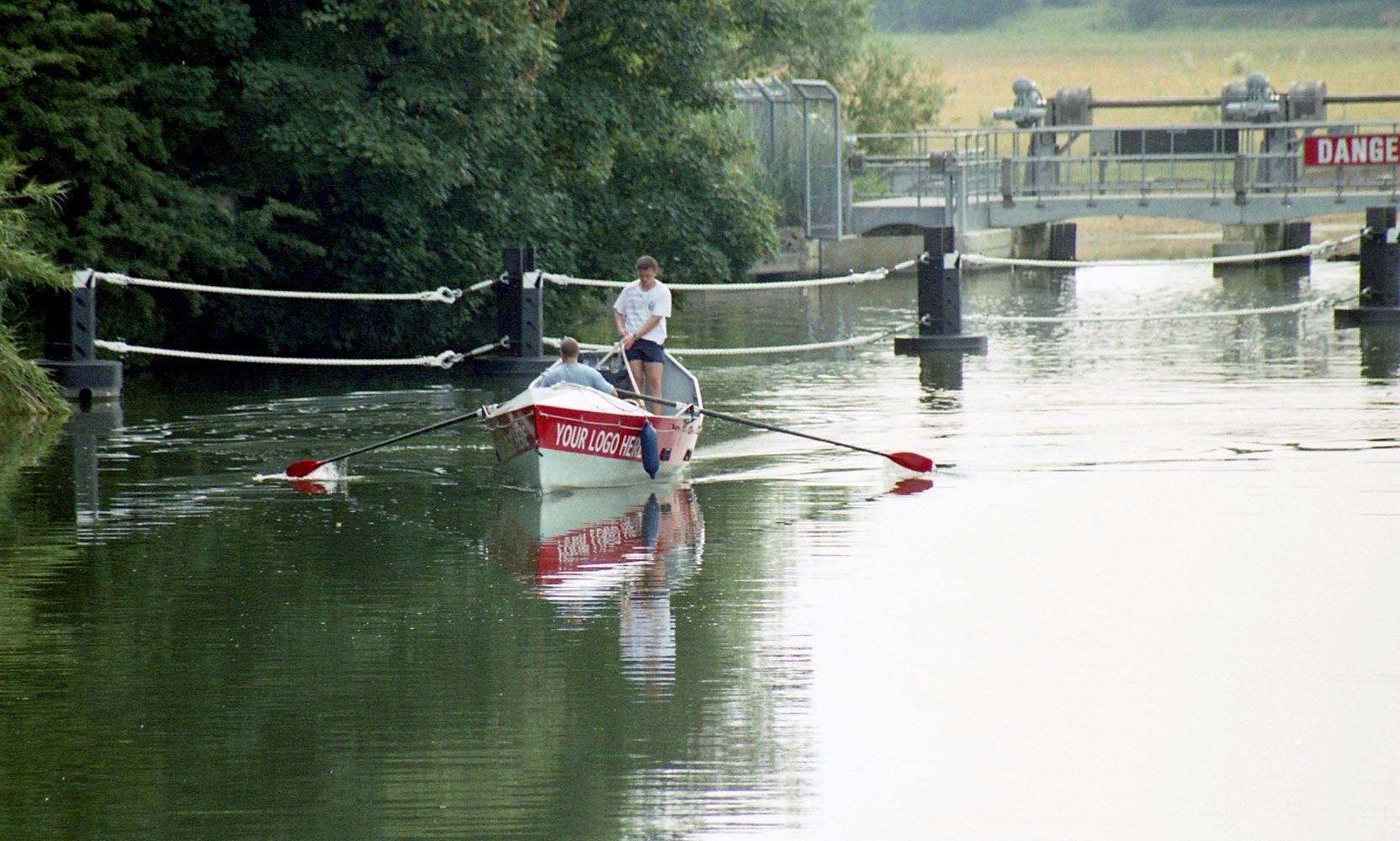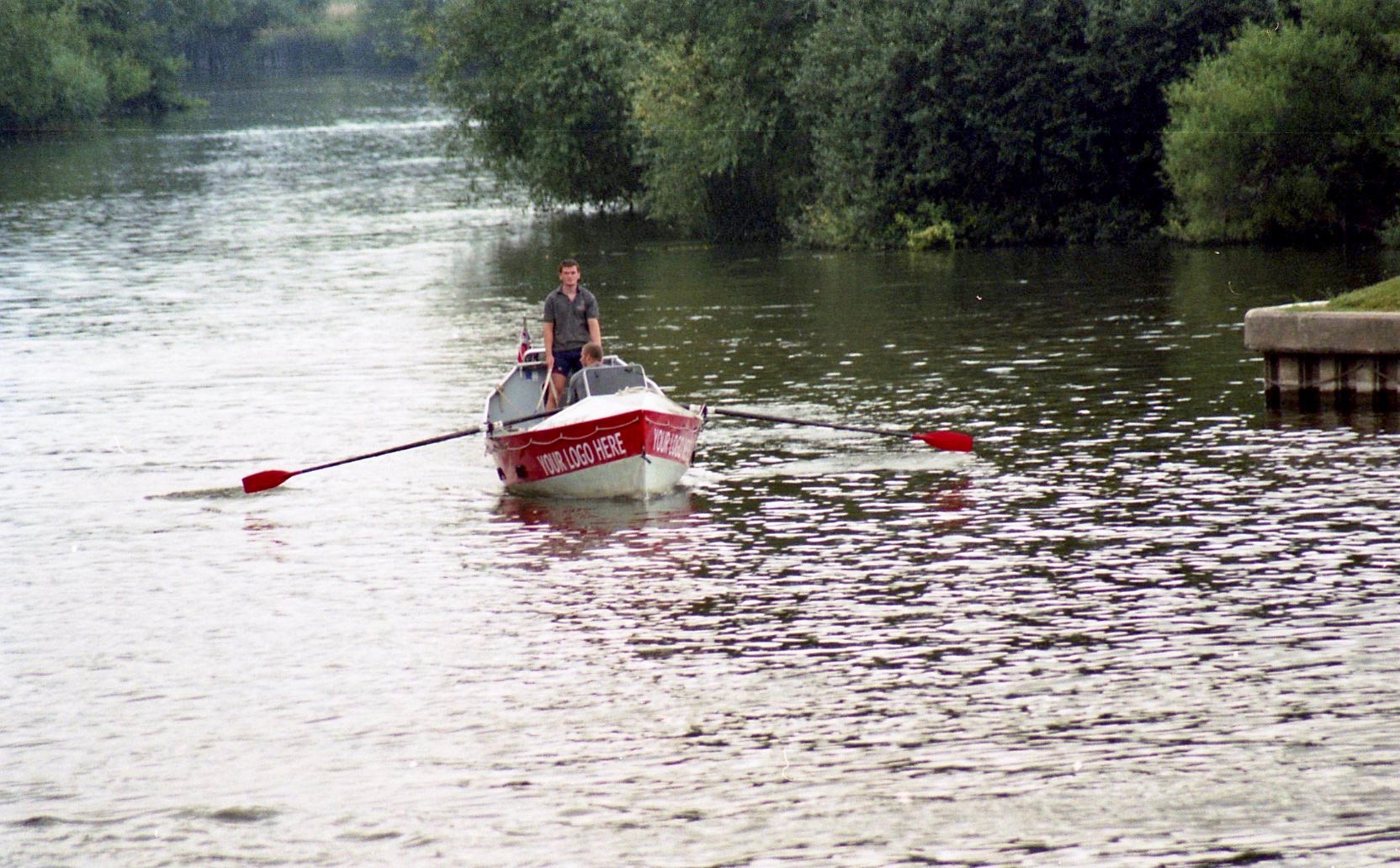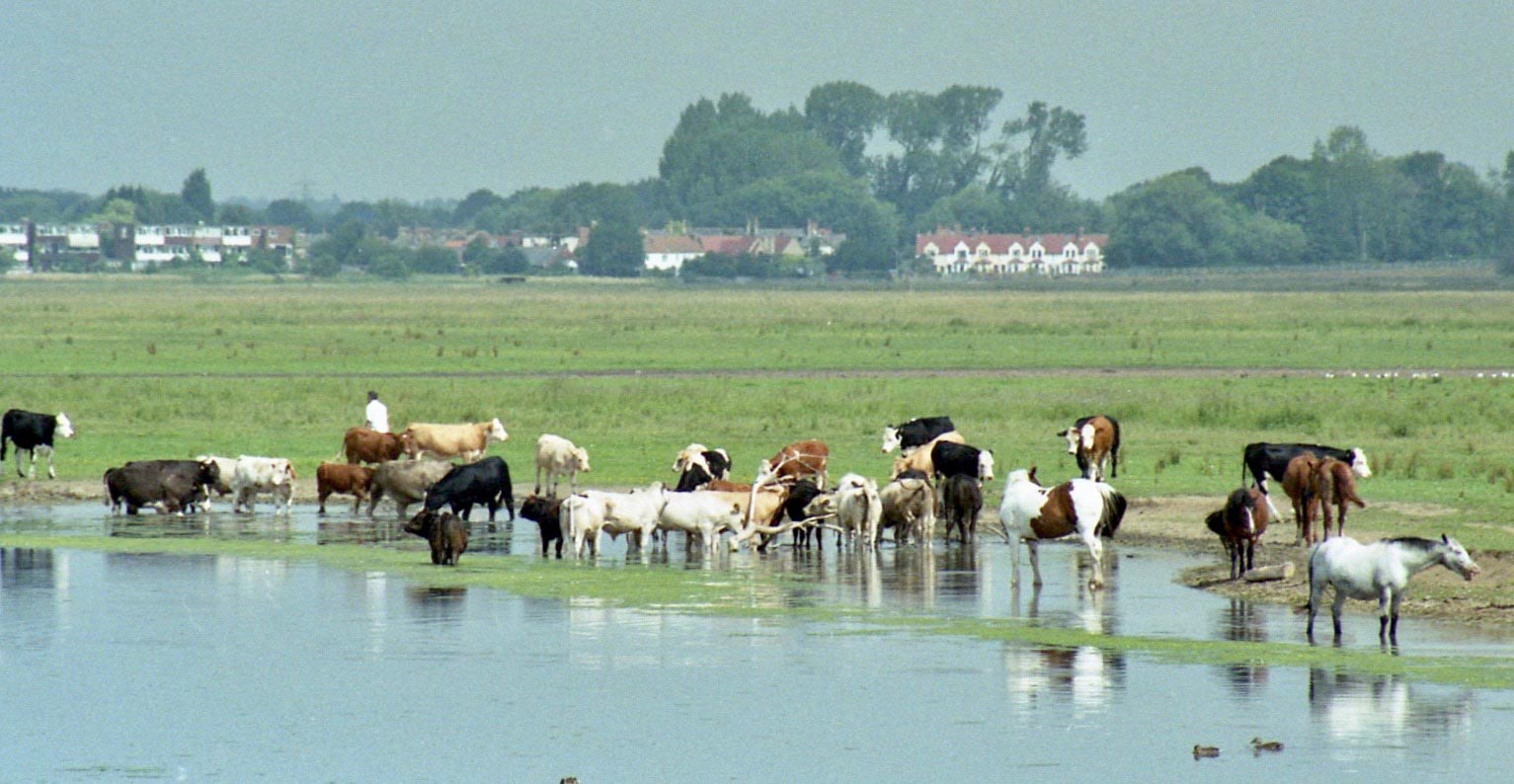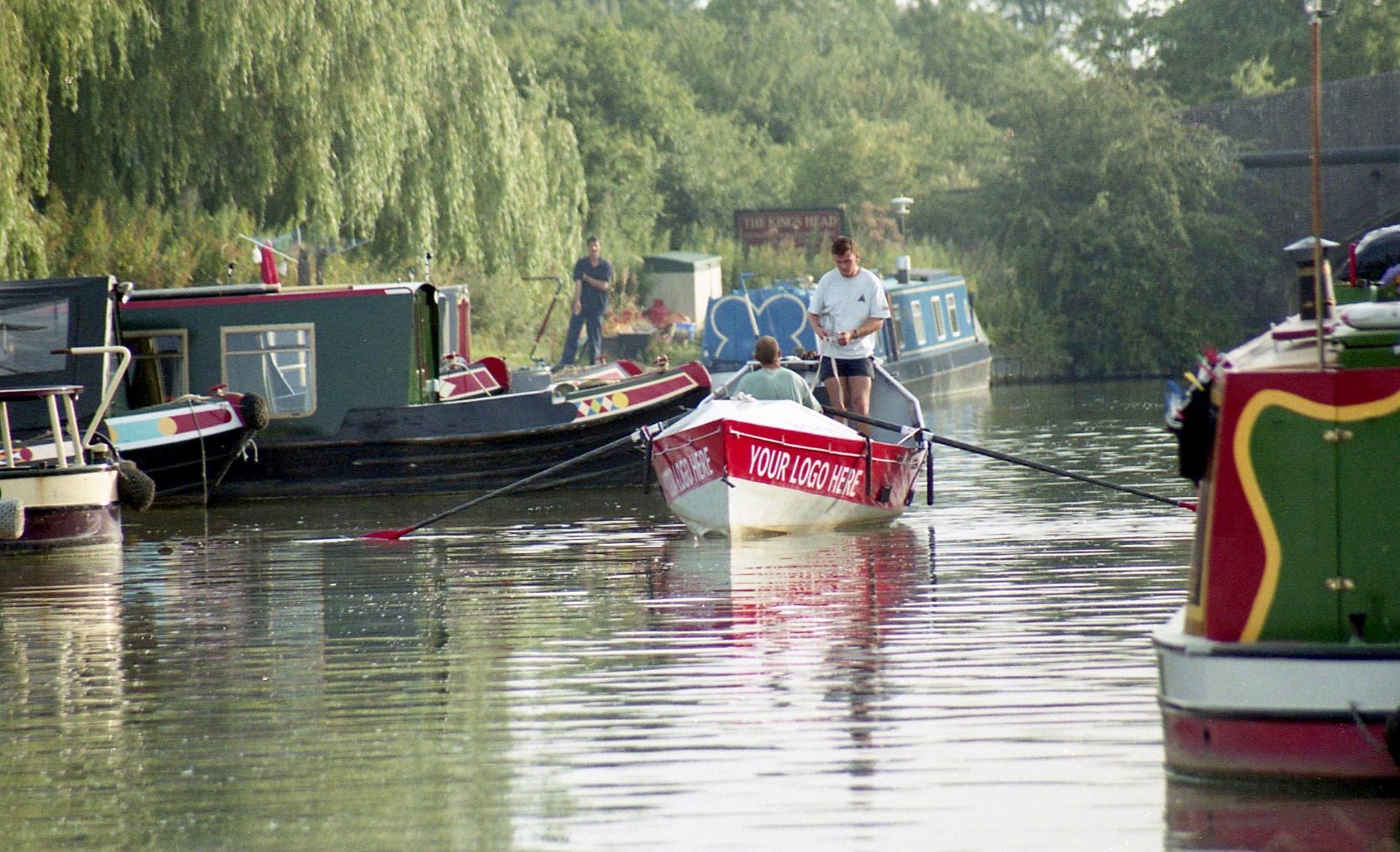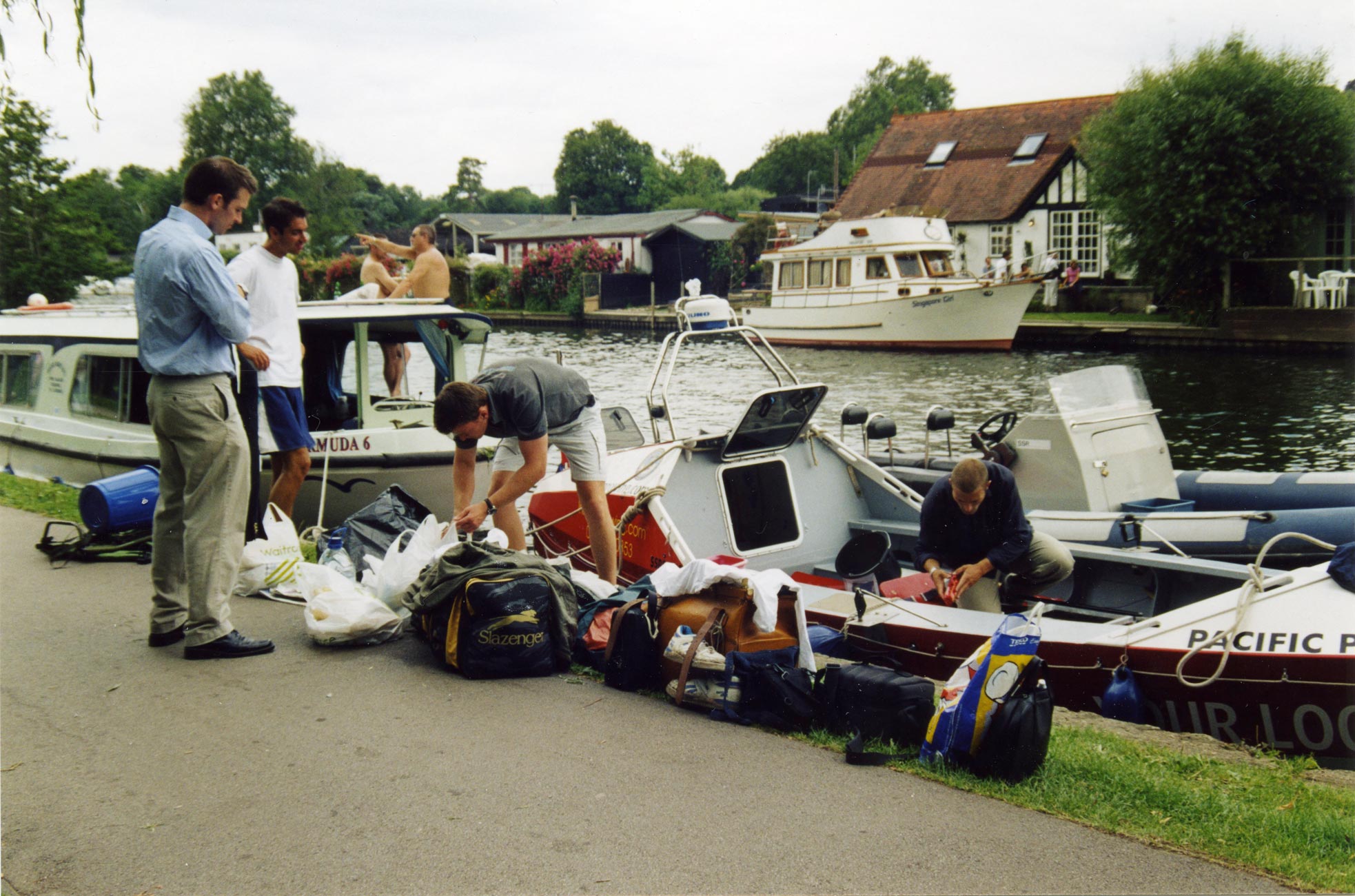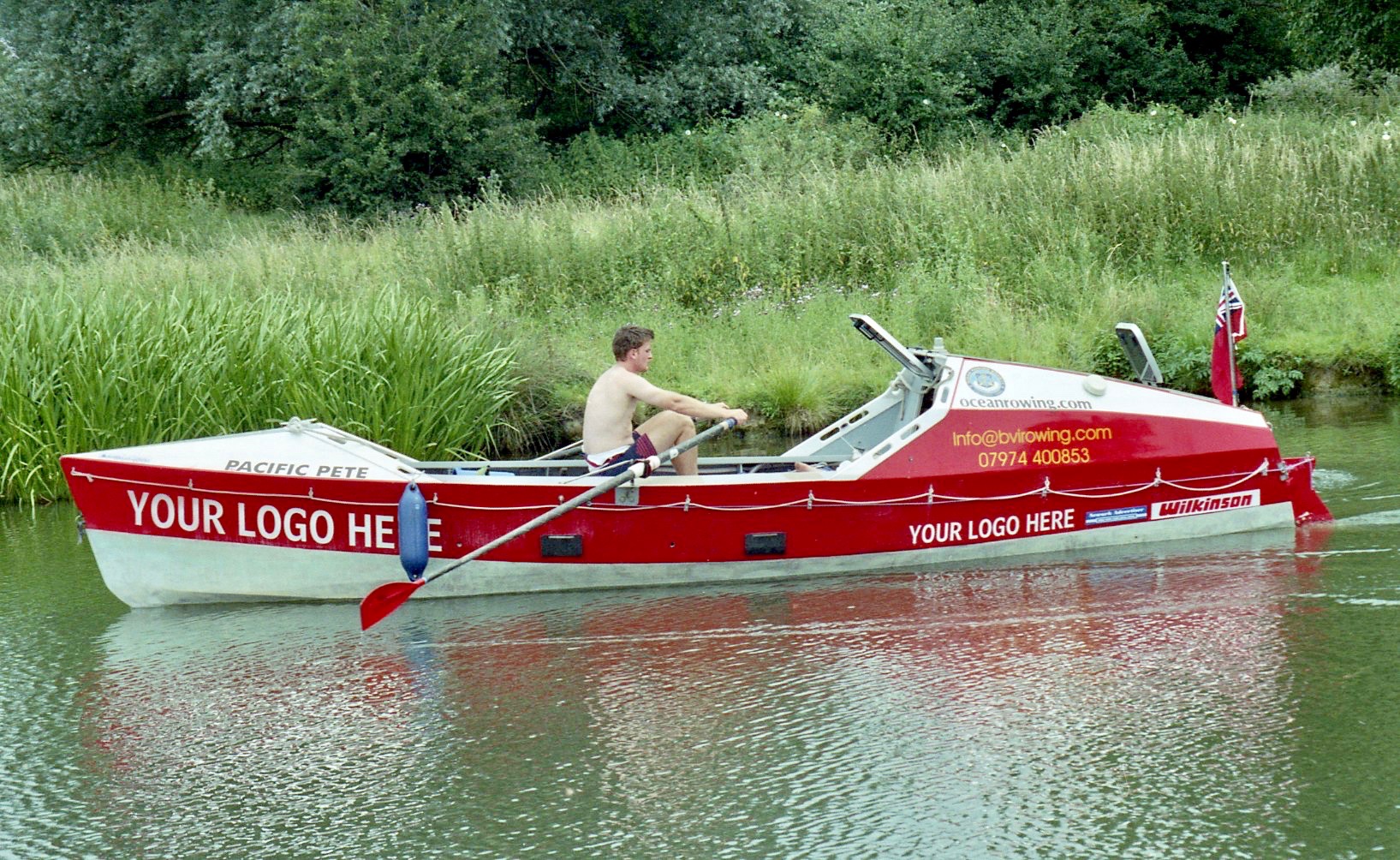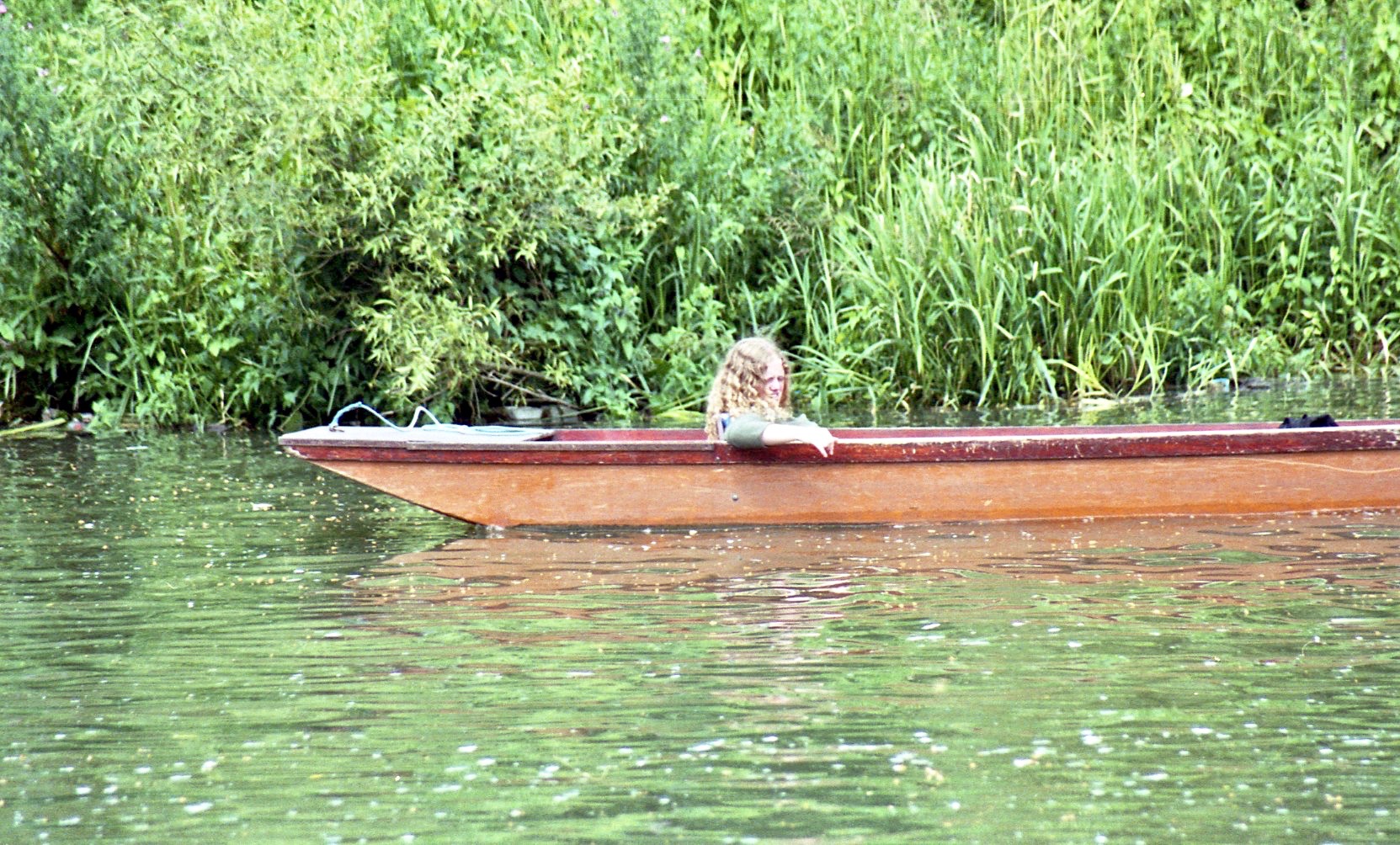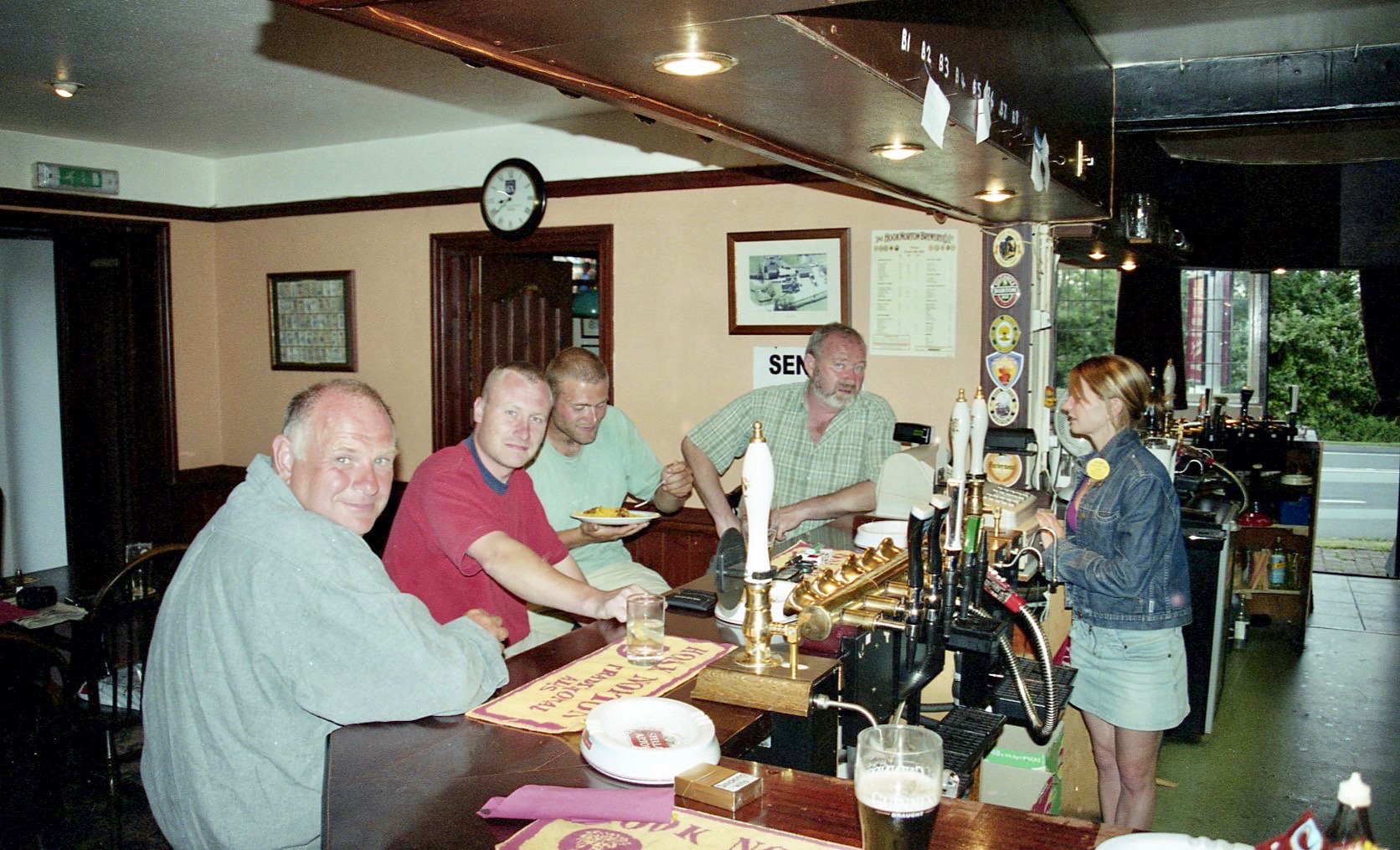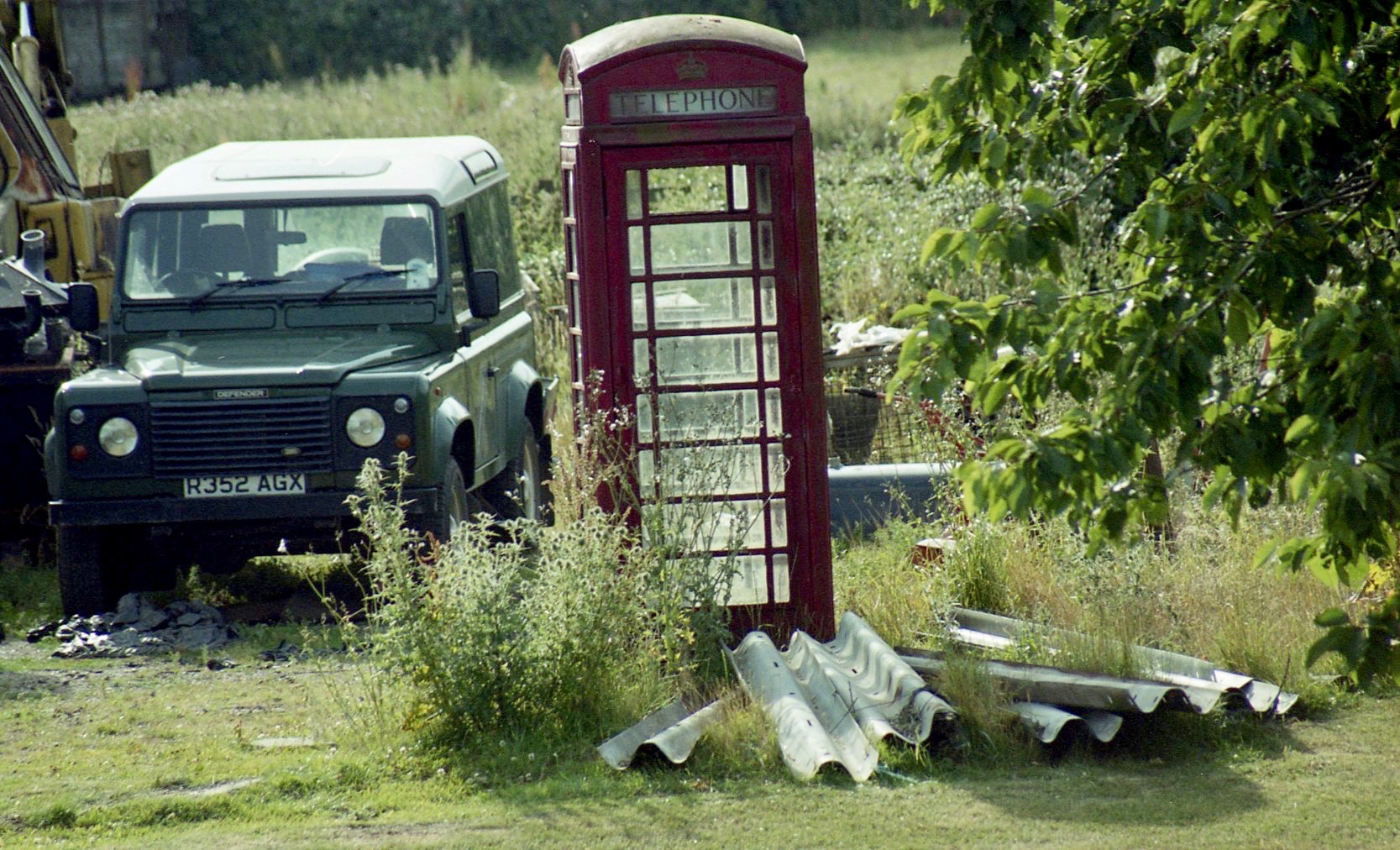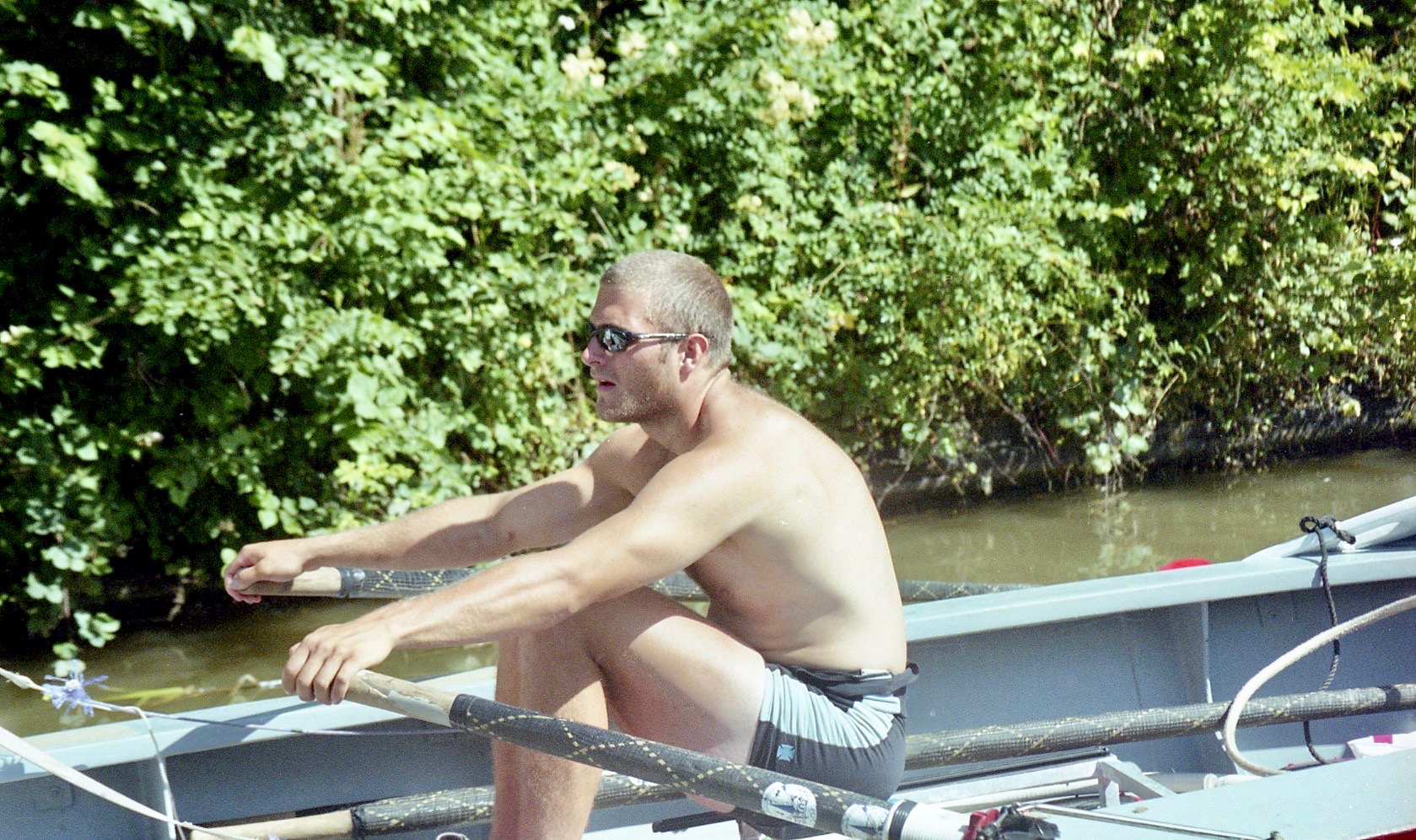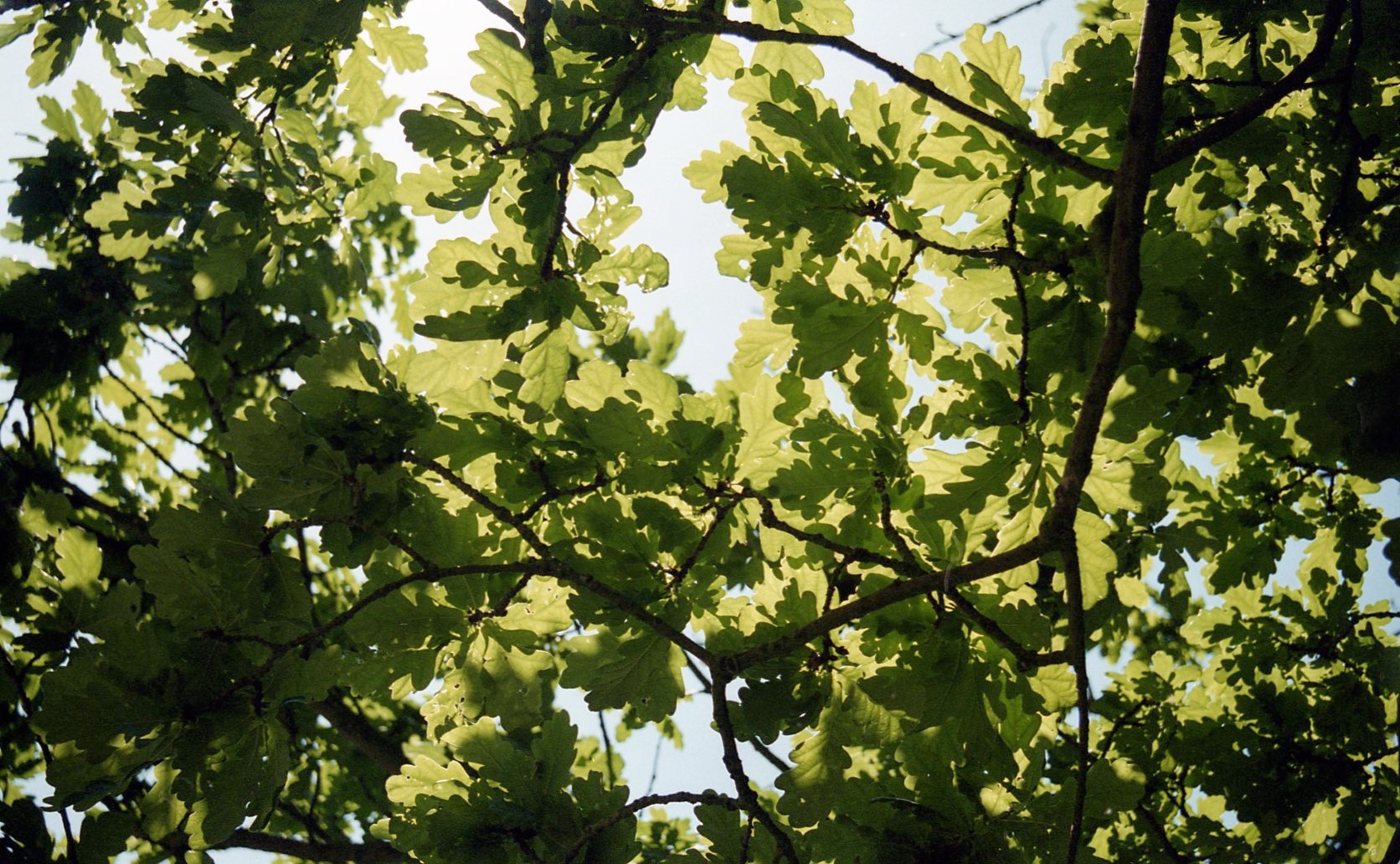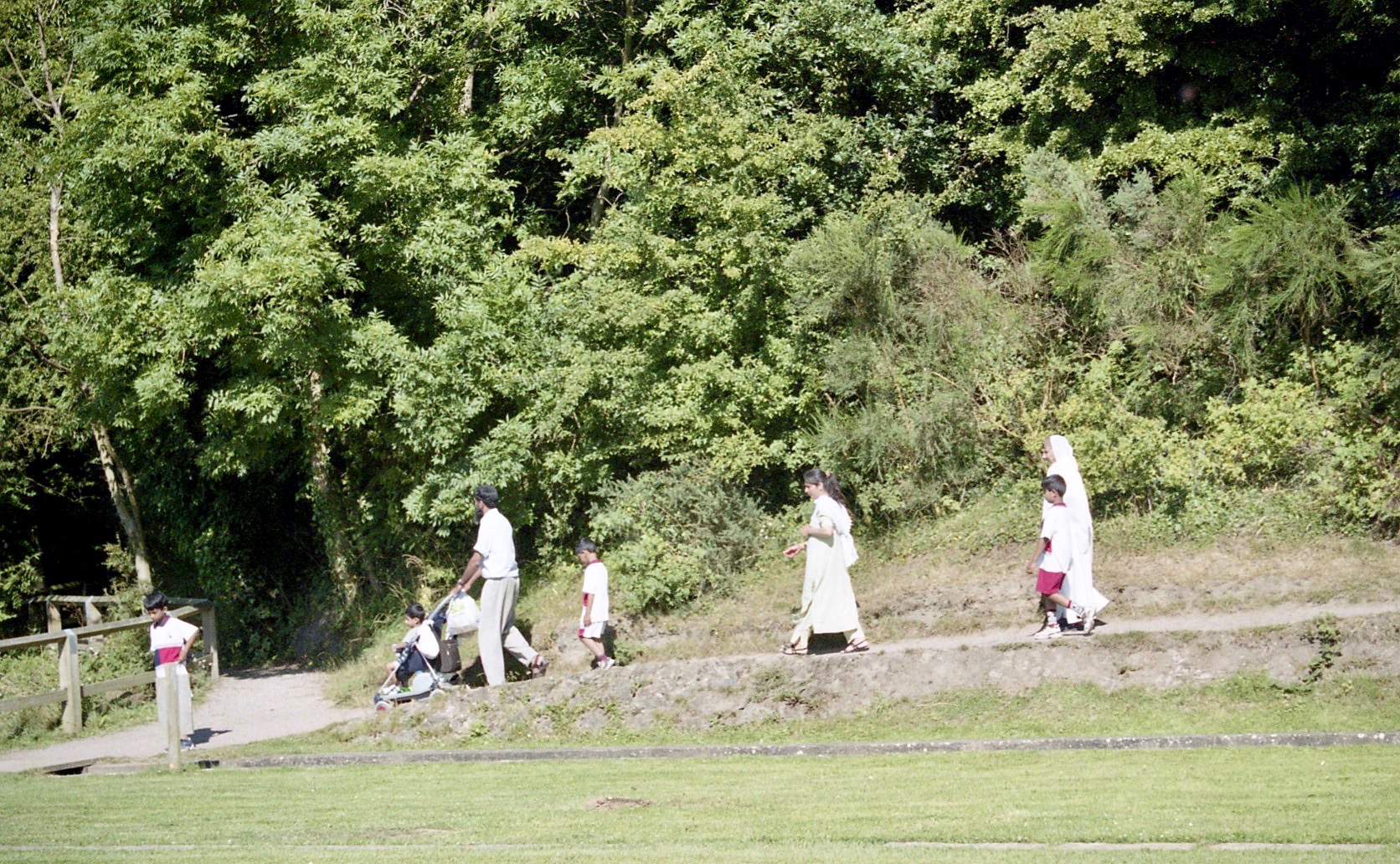We stayed in Port St Charles for several days after Sam’s arrival at the island. This was because we had had to guess at his arrival time. It was also helpful for us to see some of the other competitors into the harbour.
Sam, in particular, wanted to be at the docking area to welcome Pavel Rezvoy, who had become a friend. In the event, this meant a night-time vigil as the 65 year old Russian disembarked during the night.
Sam, the youngest, and Pavel, the oldest, had been almost neck and neck across the Atlantic. Because of the distances involved, they were unaware of each other’s progress, but we had been able to follow them on the internet. Suddenly, for two days, Pavel’s boat was stationary. His satellite phone was not working so the trackers could not even be sure he was still in his boat. This became quite a worry.
In fact, my son completed his journey two days before his friend. Pavel, a most resourceful gentleman, had lost his rudder, and spent two days making a new one out of bits of his boat.
The pair came in first and second places of the solo rowers. Each evening, fuelled with with rum punches that certainly packed one, we joined the Ocean Rowing Society’s administrative team celebrating in the hotel bar.
Tatiania, Pavel’s ex-wife, had kept the Russian Press supplied with reports on the race. Their take on the story was a contest between The Young Gun and The Old Grey Wolf. The rowers themselves hadn’t even known they were competing. They were just happy to complete the challenge.






Here they are with Tatania and another man called Micha, whose role I cannot remember.
An interesting fact which should be apparent from these photographs is that these two rowers, both in very good shape, were the only ones who had allowed themselves a full night’s sleep. All the others, who arrived in pretty sore, tired, condition, had operated on a two hours on, two hours basis, thus, I imagine, ensuring that they were always tired.

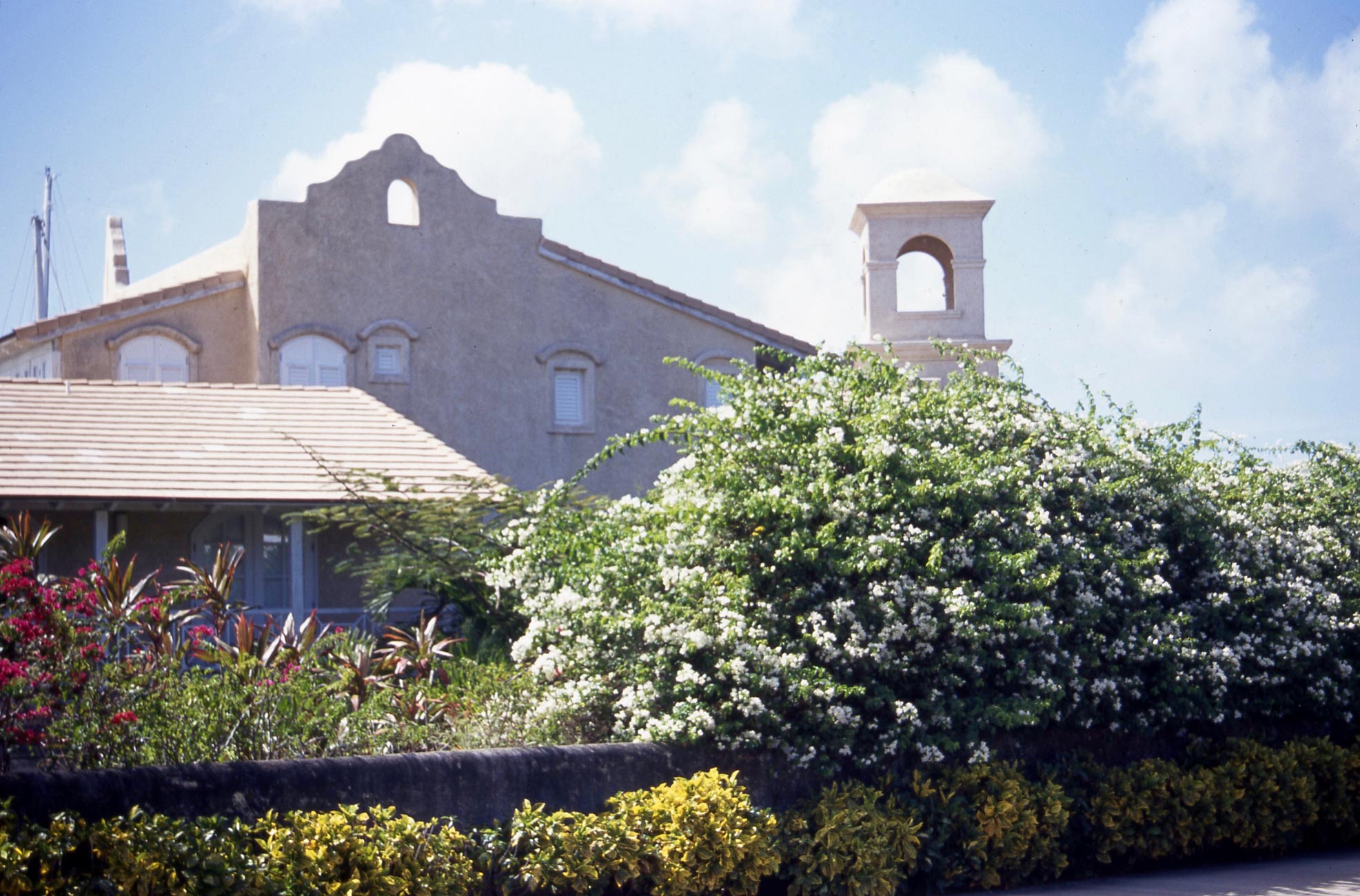


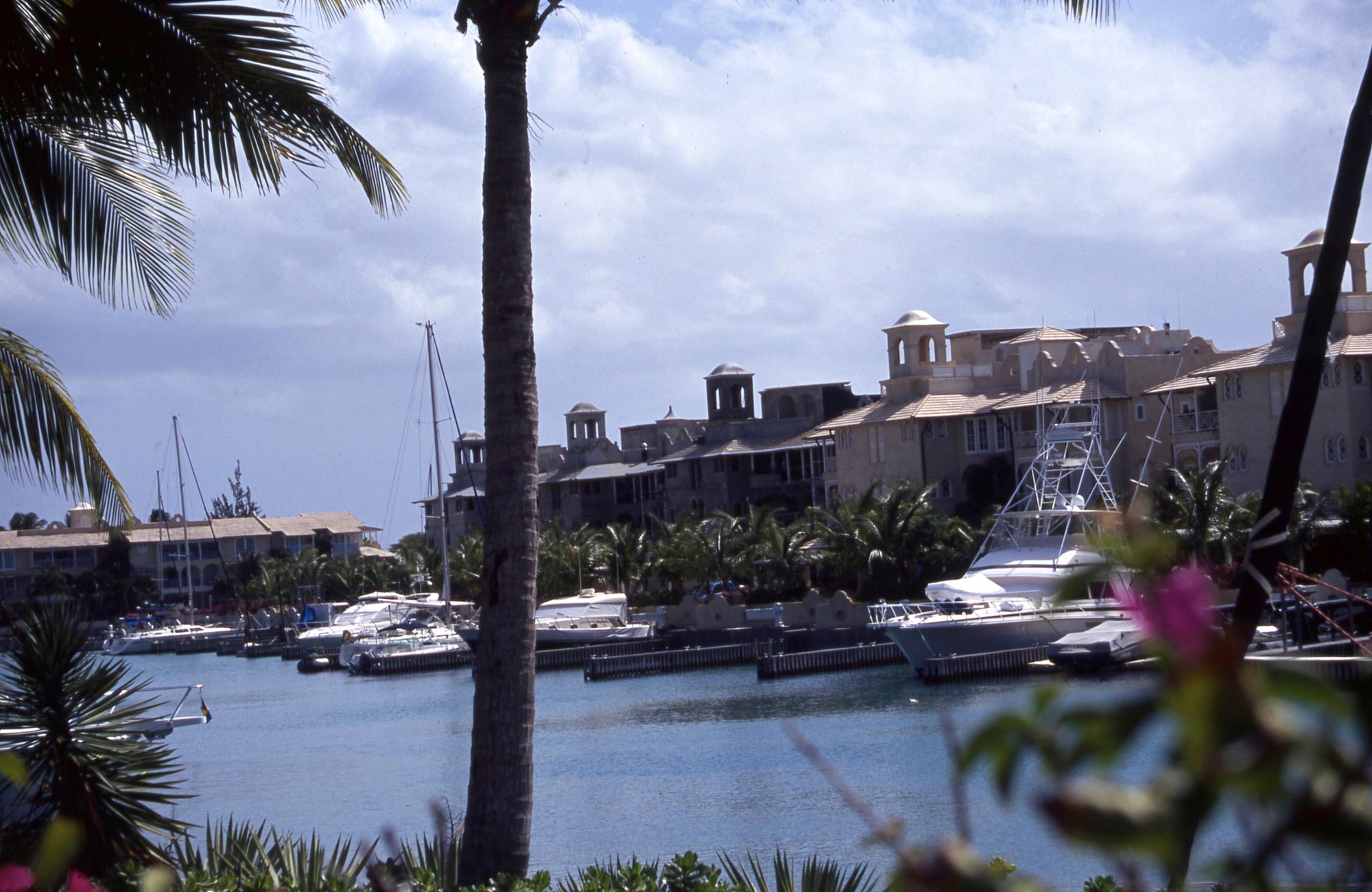
These are views of the luxurious development, that is the holiday resort where the race was completed, that can be seen by those poorer folk outside.

Overlooked by luxury apartments, the rowing boats lie among others in the docking area.

Pavel Rezvoy, in the black T-shirt, stands beside Tatiana. Sam’s boat, Pacific Pete, is on the right. Workers on the roofs in the distance demonstrate that building continues.

Here, Sam is interviewed by Dixie Dean for the official film of the race.

I cannot identify the owner of the avian eye apparently fixed on me from the Port St Charles shrubbery, whilst mine were observing a team of roofers putting finishing touches to the luxury apartments of this rich person’s playground.








They certainly needed their varied headwear which presumably offered some kind of protection from the strong, hazy, sun, scorchingly hot despite the occasional clouds.

The next month a post Atlantic Row celebratory dinner was held in London. Beginning with the top row from left to right Frances, Sam, Heidi; Fiona, Elizabeth, Michael; Chris, Jacqueline, Louisa, Derrick, Jessica; Becky, Matthew, and Tess are seated on these stairs.




















